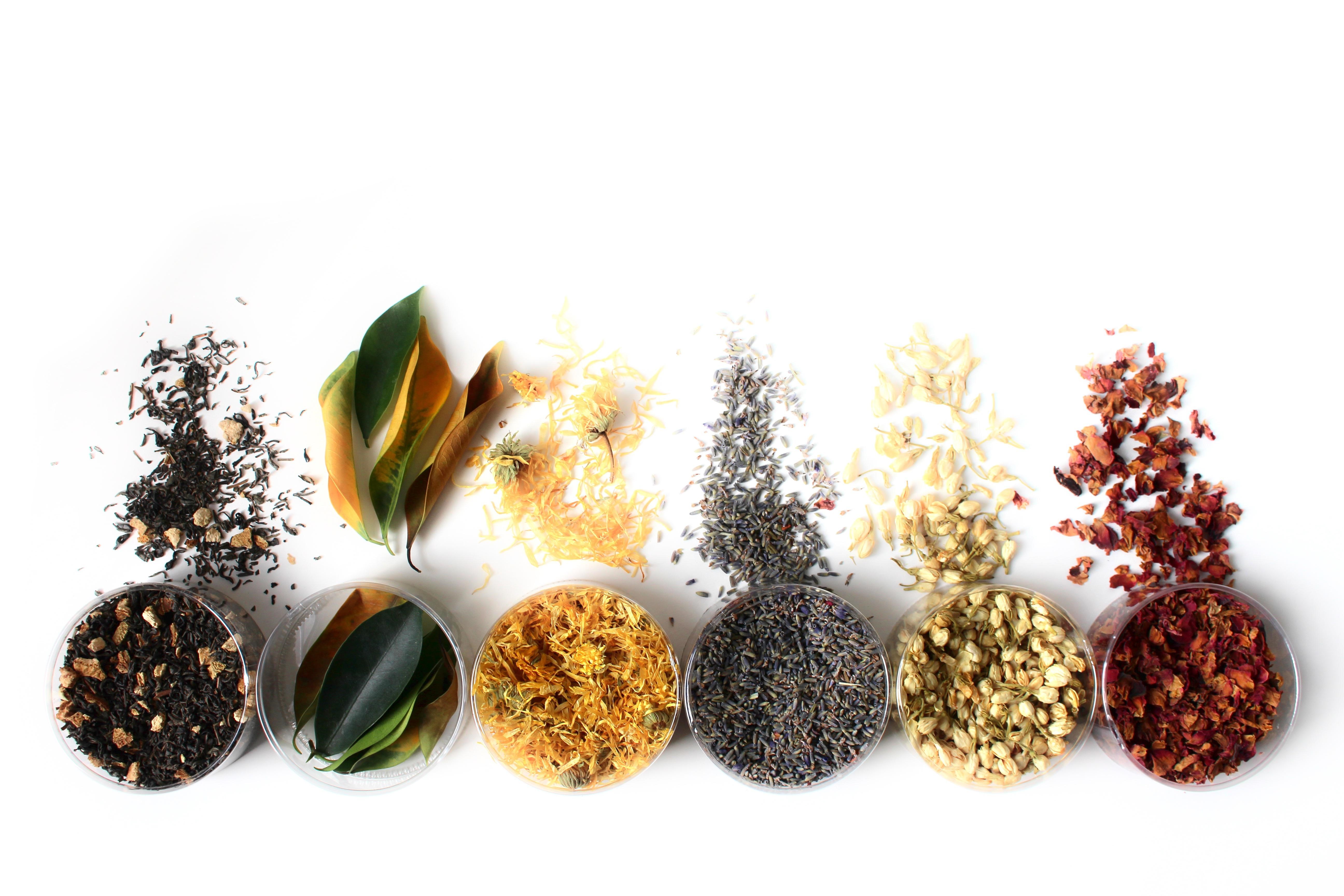Beginner’s Guide to Spices and Seasonings
BEGINNER'S GUIDE TO SPICES AND SEASONINGS
Spices and seasonings are the building blocks of flavor in cooking. Whether you're a seasoned chef or a beginner in the kitchen, understanding the different types of spices and how to use them will elevate your dishes and bring out the best in your ingredients. This beginner's guide will introduce you to the world of spices and seasonings and help you get started with adding flavor to your meals.
WHAT ARE SPICES AND SEASONINGS?
Spices: These are aromatic substances derived from various parts of plants, such as seeds, fruits, bark, or roots. They can add heat, warmth, sweetness, bitterness, or savory flavors to your food. Common spices include cinnamon, cumin, paprika, TURMERIC, and black pepper.
Seasonings: While spices are the main flavor enhancers, seasonings also include salt, pepper, and herbs (like basil, rosemary, or thyme) that complement and balance flavors. Seasonings are usually simpler and help to enhance the natural tastes of ingredients.
ESSENTIAL SPICES EVERY BEGINNER SHOULD KNOW
1. Salt: The most basic seasoning, salt enhances all the other flavors in your dishes. Without salt, food can taste bland.
2. Pepper: Black pepper adds a mild heat and works well with almost everything, from soups to salads to meats.
3. Cinnamon: A warm and sweet spice, cinnamon is great for baking, but can also add depth to savory dishes like stews.
4. Cumin: With its earthy, slightly nutty flavor, cumin is a staple in many cuisines, particularly in Mexican, Indian, and Middle Eastern cooking.
5. Paprika: Sweet, smoked, or hot, paprika can give a dish a subtle heat or a smoky depth.
6. Turmeric: Known for its bright yellow color and health benefits, turmeric adds a warm, slightly bitter flavor and is essential in curry dishes.
7. Garlic Powder: A quick way to add garlic flavor without the hassle of chopping. It’s perfect for seasoning meats, vegetables, and sauces.
POPULAR HERBS AND SEASONINGS
Basil: A sweet, aromatic herb often used in Italian and Mediterranean dishes.
Oregano: Common in Italian and Greek cooking, it adds a savory, slightly bitter flavor.
Thyme: With its subtle earthy flavor, thyme works well in soups, stews, and roasted meats.
Rosemary: A fragrant, pine-like herb often paired with roasted potatoes, chicken, and lamb.
Bay Leaves: Used whole in soups, stews, and broths, bay leaves release a slightly floral, herbal flavor during cooking.
HOW TO USE SPICES AND SEASONINGS
1. Start Simple: As a beginner, focus on a few key spices and seasonings. Learn how to use salt, pepper, garlic, and one or two spices to start.
2. Season Early: To bring out the best flavors, add seasonings early in the cooking process. For example, seasoning your meat or vegetables before cooking will allow the flavors to develop.
3. Taste and Adjust: Always taste your food as you cook. If a dish needs more heat, add pepper or chili powder. If it needs sweetness, a pinch of cinnamon or sugar can help.
4. Experiment with Spice Blends: Many spices are used together in blends, such as curry powder, taco seasoning, or garam masala. These pre-mixed blends make it easier to cook dishes without thinking too much about individual spices.
5. Balance Flavors: Experiment with balancing flavors. For example, if your dish is too spicy, add a little sweetness (like honey or cinnamon) to balance the heat.
STORAGE TIPS FOR SPICES AND SEASONINGS
Keep them Fresh: Spices lose their potency over time, so try to use them within 6 months to a year for the best flavor.
Store Properly: Store spices in airtight containers away from light and heat. A cool, dark place like a pantry is ideal.
FINAL THOUGHTS
Spices and seasonings are your best friends in the kitchen, helping you transform ordinary dishes into flavorful experiences. Start small, experiment, and build your spice collection over time. With practice, you’ll learn how to balance and combine flavors, and soon you’ll be able to cook with confidence and creativity!
